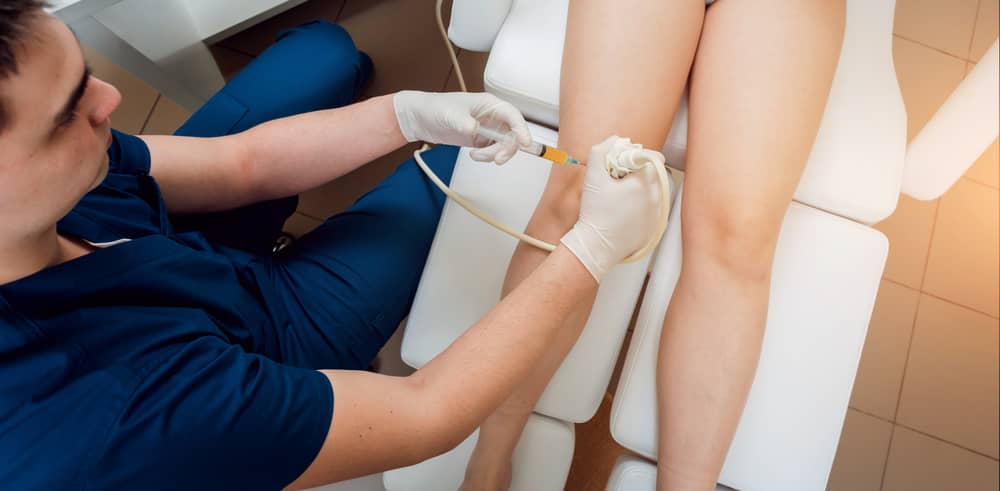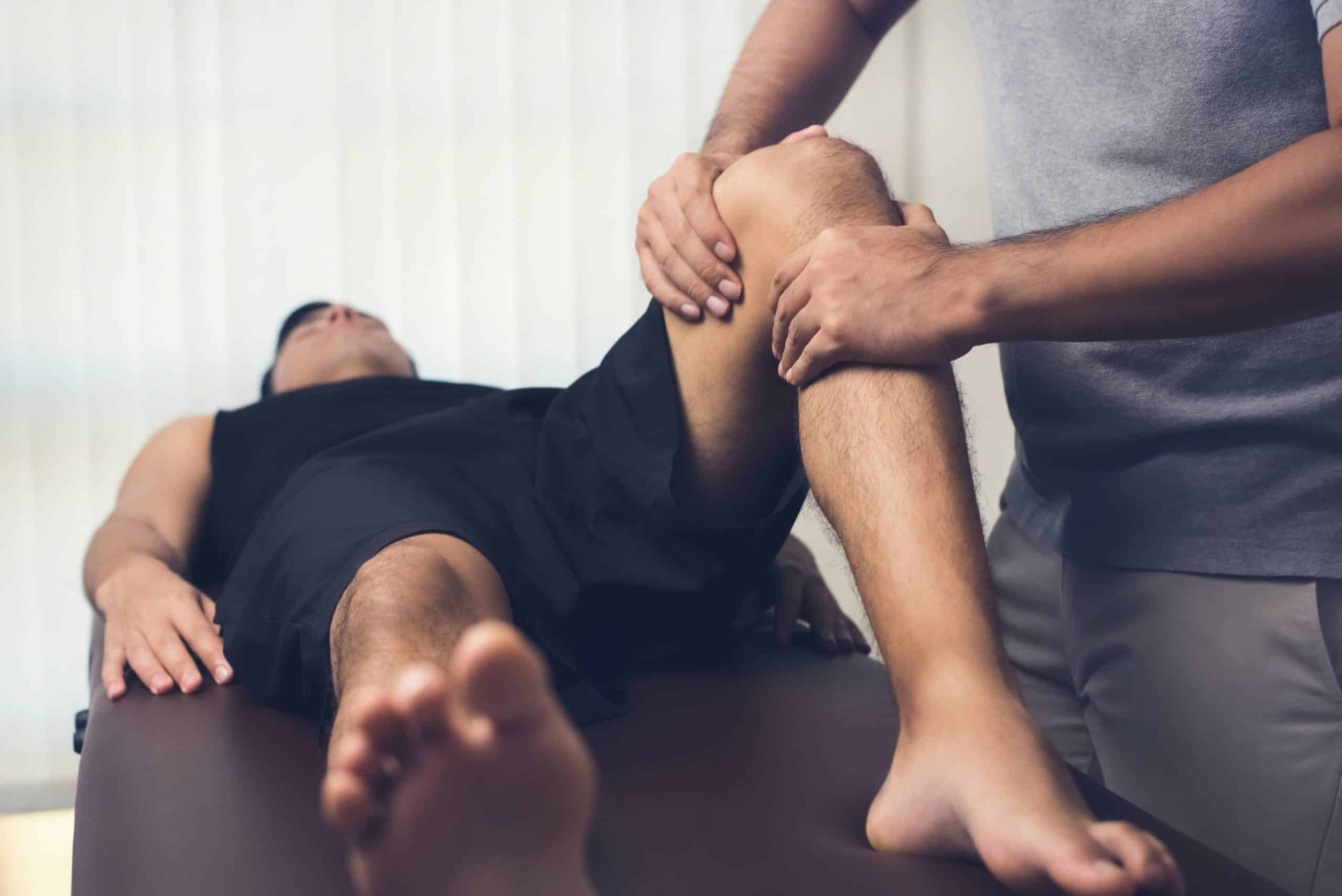How Do Knee Pain Treatment Specialists Diagnose the Root Cause of Knee Pain?
Knee pain can interrupt your daily routine, limit your mobility, and make simple tasks feel overwhelming.
Knee pain can interrupt your daily routine, limit your mobility, and make simple tasks feel overwhelming. When the discomfort becomes persistent or severe, you need a clear diagnosis—not guesswork. That is exactly where knee pain treatment specialists play an essential role. They focus on identifying the true cause of knee pain and creating targeted treatment plans that deliver lasting relief. Whether you visit a specialist in Manhattan or seek knee pain treatment Jericho, the diagnostic process follows a detailed, systematic approach. At Knee Pain Doctor NYC, experts rely on advanced techniques and years of clinical experience to uncover what is really going on inside your knee.

Why Accurate Diagnosis Matters for Knee Pain
The knee is one of the body’s most complex joints. It involves bones, cartilage, ligaments, tendons, and muscles working together. When any of these structures becomes strained, torn, or inflamed, you feel discomfort. However, many knee conditions share similar symptoms. Swelling, stiffness, or sharp pain can occur with arthritis, meniscus injuries, ligament tears, or even nerve-related issues.
Because of this overlap, accurate diagnosis is essential. Knee pain treatment specialists do not rely on guesswork—they follow a structured process that helps them pinpoint the cause and prevent misdiagnosis. With a clear diagnosis, they can create a focused treatment plan that helps you recover faster and avoid unnecessary procedures.
Step 1: A Detailed Medical History
Your diagnostic journey starts with a detailed medical history. At Knee Pain Doctor NYC, specialists ask you about:
- How long you have been experiencing pain
- Whether the pain started gradually or suddenly
- Whether an injury triggered the discomfort
- The type of pain (sharp, dull, throbbing, or burning)
- Activities or movements that make the pain better or worse
This information provides crucial clues. For example, sharp pain after a sudden twist could indicate a ligament or meniscus injury, while stiffness and swelling after resting may suggest arthritis.
Patients seeking knee pain treatment Jericho can expect the same level of careful questioning because understanding your symptoms is the first step in identifying the root cause.
Step 2: A Thorough Physical Examination
Next, specialists perform a hands-on physical exam. They observe your posture, gait, and knee alignment. They gently move your leg to test flexibility and joint stability, and they check for swelling, tenderness, or deformities.
This step helps the specialist assess:
- How well the knee moves
- Whether any ligaments feel loose
- Which part of the knee is most painful
- Whether surrounding muscles show weakness
These physical cues help narrow down the possible conditions.
Step 3: Specialized Diagnostic Tests
If the doctor suspects structural damage or deeper issues, they will order imaging tests. This is a crucial part of how knee pain treatment specialists confirm a diagnosis. Common diagnostic tools include:
X-rays
X-rays show bone alignment and joint spacing. They help detect arthritis, fractures, or bone spurs.
MRI Scans
MRIs provide a clear view of soft tissues like cartilage, ligaments, tendons, and meniscus. This allows the doctor to identify tears or inflammation that an X-ray cannot reveal.
Ultrasound Imaging
Ultrasound helps visualize real-time movement of soft tissues. It is especially useful for detecting tendon injuries or fluid buildup.
CT Scans
CT scans provide detailed cross-sectional views and are helpful for identifying complex bone issues.
Patients visiting Knee Pain Doctor NYC appreciate the convenience of having advanced imaging options available as part of their diagnostic process.
Step 4: Functional and Movement Assessments
Some knee pain stems from improper movement patterns. Specialists analyze how your knee behaves during activities like walking, bending, squatting, or climbing stairs. Movement assessments help identify:
- Muscle imbalances
- Abnormal gait
- Weak hips or ankles that place stress on the knee
- Joint instability
Correcting these issues can prevent future injuries and optimize treatment outcomes.
Step 5: Lab Tests When Necessary
Sometimes knee pain is caused by infection or inflammatory conditions like gout or rheumatoid arthritis. In these cases, specialists may order blood tests or joint fluid analysis. These tests help rule out infections or autoimmune disorders.

Step 6: Creating a Customized Treatment Plan
Once the specialist identifies the root cause of your pain, they design a personalized treatment plan. At Knee Pain Doctor NYC, the goal is to treat the cause—not just the symptoms.
Treatment may include:
- Physical therapy
- Joint injections
- Medications to reduce pain and inflammation
- Bracing or supportive devices
- Lifestyle and movement modifications
For patients seeking knee pain treatment Jericho, specialists offer similar tailored care to ensure long-lasting relief.
Final Thoughts
Knee pain can significantly affect your quality of life, but an accurate diagnosis can put you back on the right path. Knee pain treatment specialists use a systematic, comprehensive approach to uncover the true cause of your discomfort. Whether you choose Knee Pain Doctor NYC or a knee expert offering knee pain treatment Long Island Jericho, you can feel confident knowing your knee health is in skilled hands.